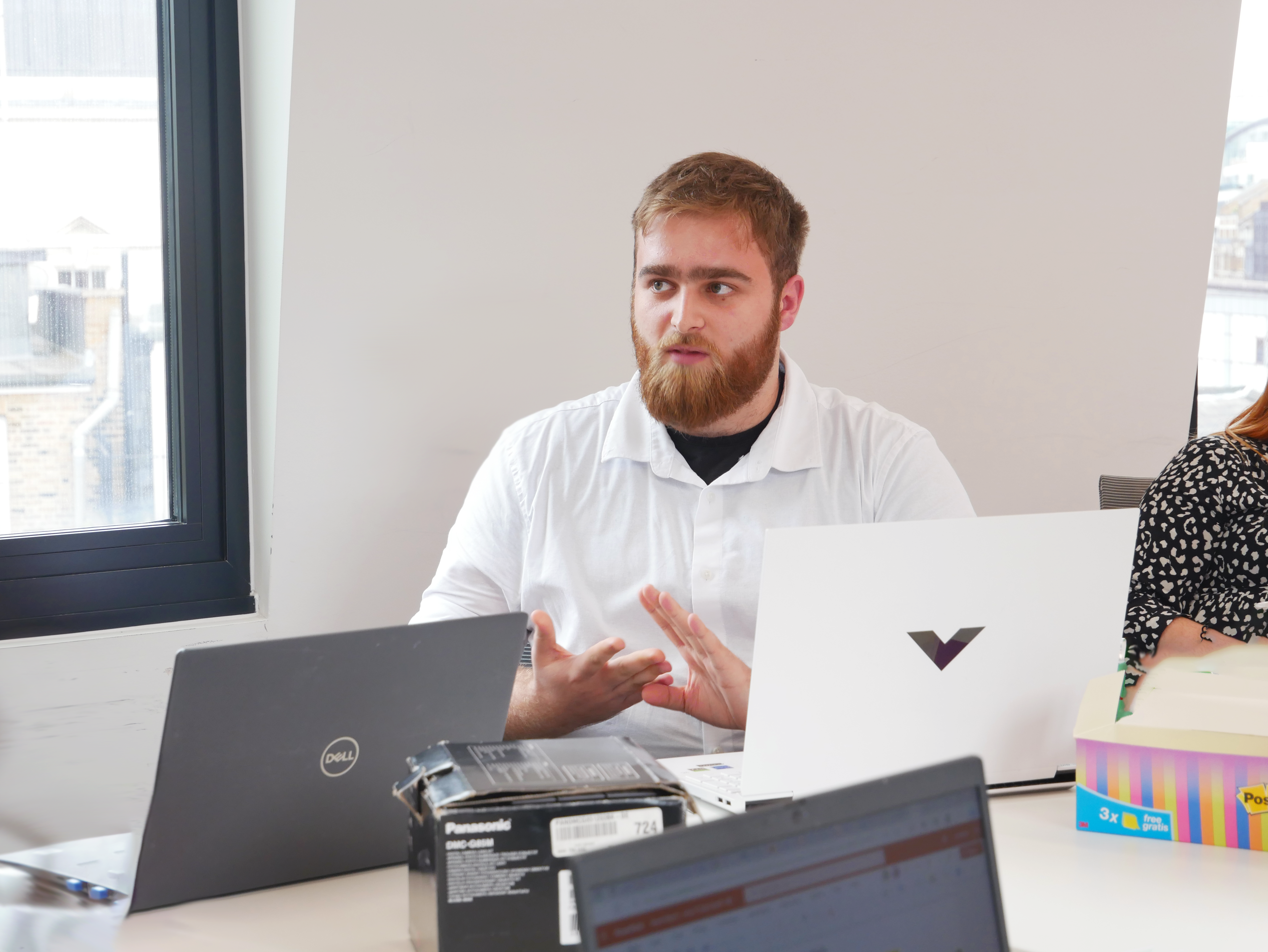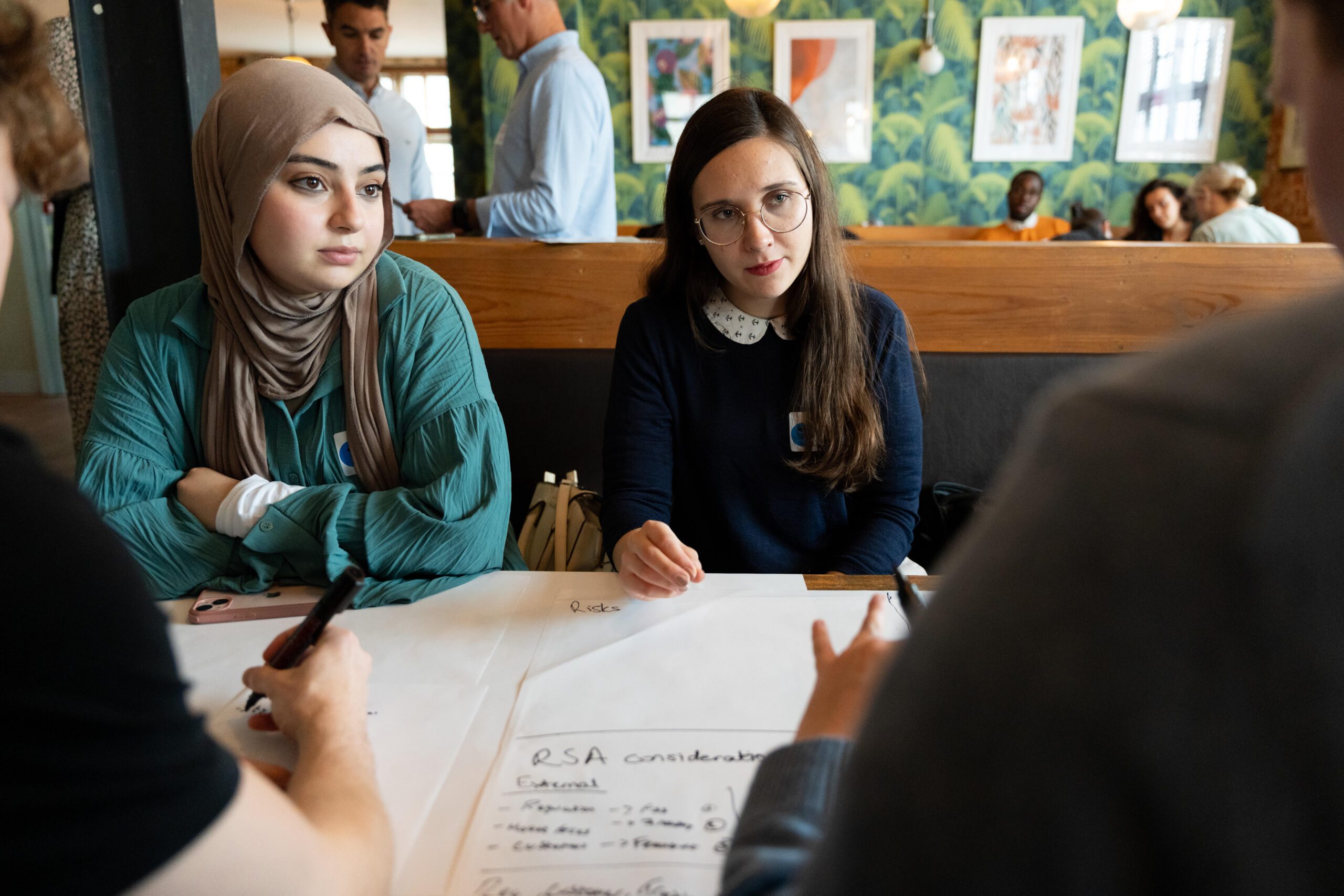
Change and transformation trends: what will 2025 hold?
06/02/2025
2024 was another year of rapid technological change, with businesses trying to keep a finger on the pulse of the evolving landscape while juggling the challenges that have arisen with ongoing geopolitical tension and cost pressures.
Technology is everchanging and with AI entering the mainstream business conscience , the changes have been coming thick and fast. While many businesses have successfully adopted AI technologies to streamline processes and boost efficiencies, others are still struggling to come to terms with its capabilities.
However, businesses are facing further change – and on a huge scale – over the next couple of years. With global projections from Statista forecasting spending on digital transformation projects to rise to $3.9 trillion by 2027, organisations of every size and sector will be under greater pressure to ramp up their digital transformation efforts.
With all this in mind, and with insight from our multi-sector client base, here are some of our 2025 predictions for the business and tech world.
1.Enhanced focus on cybersecurity
The influx of new, advanced tech brings with it both challenges and opportunities. While much of it is deployed successfully to improve business capabilities and drive efficiencies, in the wrong hands, it can equip cybercriminals with greater intelligence and more sophisticated hacking methods. AI relies on vast amounts of data, and as cybercriminals get smarter, this poses a significant challenge for businesses. As such, we’re witnessing a lot of nervousness around data and security threats – and quite rightly too. Companies implementing lots of new technologies at pace could be in danger and must proceed with caution.
To help mitigate the risks, businesses need to be prioritising their cybersecurity before rolling out new technology across the organisation, even with widely adopted, user-friendly programmes like Microsoft’s Co-Pilot. Organisations will benefit from refresher training on cyber hygiene, including training on what data can and can’t be inputted. Regular security audits and the implementation of multi-factor authentication for all users are also essential.
Organisations will also need to invest resource into successful management and implementation of these preventative cybersecurity protocols and software, and will benefit from putting plans in place for risk mitigation in the event of a cyberattack.
Once these vital measures and protocols are in place, organisations will be more confident in how they use the tech and be able to extend its capability across more operations. Referring back to Microsoft’s Co-Pilot, for example, users will be able to safely navigate tasks that require sensitive data, such as financial planning.
However, the necessary change cannot be implemented without the skills and expertise to underpin it. According to government figures, 44% of businesses are experiencing a significant cybersecurity skills gap. Moving into 2025, organisations need to prioritise bringing these skills into the organisation, whether that’s recruiting for in-house specialists, creating apprenticeships, or sourcing external experts to ensure the safe and effective rollout of cybersecurity measures.
2. Internal structural changes to underpin a product-led approach
2025 is likely to be a year of shifting strategy models, where we’ll see more traditional business structures transitioning to a more product-led approach that somewhat mirrors the set-up in tech scale-ups.
It’s clear that consumer expectations and UX journeys are redefining how businesses present their products and services to a range of customers. Sales and Marketing need to be in full alignment with product teams for maximum benefit.
Salesforce Research reported that 80% of customers say that the experience a company provides is as important as its products and services. Equipped with data and a deeper understanding of customer behaviour and preferences, organisations will adopt more robust CX strategies, delivering real-time outstanding service performance. Grand View Research has forecasted that the global customer experience management market size is expected to grow at a significant CAGR of 15.8% from 2024 to 2030.
However, developing products that are more in line with the customer relies on good cross-organisational collaboration, where customer-facing teams communicate challenges and experiences from the front line effectively with development teams. For organisations with teams or departments working largely in silos, this could be a more difficult transition and will require some significant internal structural change. This will be essential to ensure the necessary speed and agility with product development, and for change and transformation projects to move at the required pace.
3. Evolving workforce strategies to adapt to the rise of AI
The rise of AI is transforming workforce strategies. Companies are investing heavily in reskilling and upskilling programmes to help employees develop new skills that complement AI technologies.
For some time, a somewhat negative rhetoric has existed around younger entrants to the workplace, centring around their attitude and ability to adapt to the world of work. While much of this over-generalisation stems from misunderstanding and miscommunication, the rapid technology evolution necessitates a shift in attitude. According to the World Economic Forum, under 26-year-olds will account for almost 30% of the global workforce by 2025, making it crucial for businesses to change how they view and work with their Gen Z workforce.
Whats more, younger colleagues are AI and tech natives, bringing a wealth of digital knowledge, aptitude and processes that businesses would do well to harness. With our own research finding that 38% of C-suite professionals believe their organisation doesn’t have enough skilled AI professionals, making the most of the natural talent and curiosity already in the ranks, and empowering younger colleagues to fill the gap feels like a solid solution. Gen Z's comfort with technology is promoting collaboration between humans and AI, emphasising the importance of using AI to augment human capabilities rather than replace them. This trend highlights the need for flexibility, continuous learning, and human-AI collaboration in the modern workplace.
This year will see businesses reaching further to equip themselves for the new digital landscape. Cybersecurity will be crucial to ensuring a safe and effective path forward, while a product-led approach, cross-company collaboration, and the effective adaption of workforce strategies to accommodate the rise of AI, will be the vital steps forward-thinking organisations need to take to set themselves up for success.
For support with your change programmes this year, contact us.



